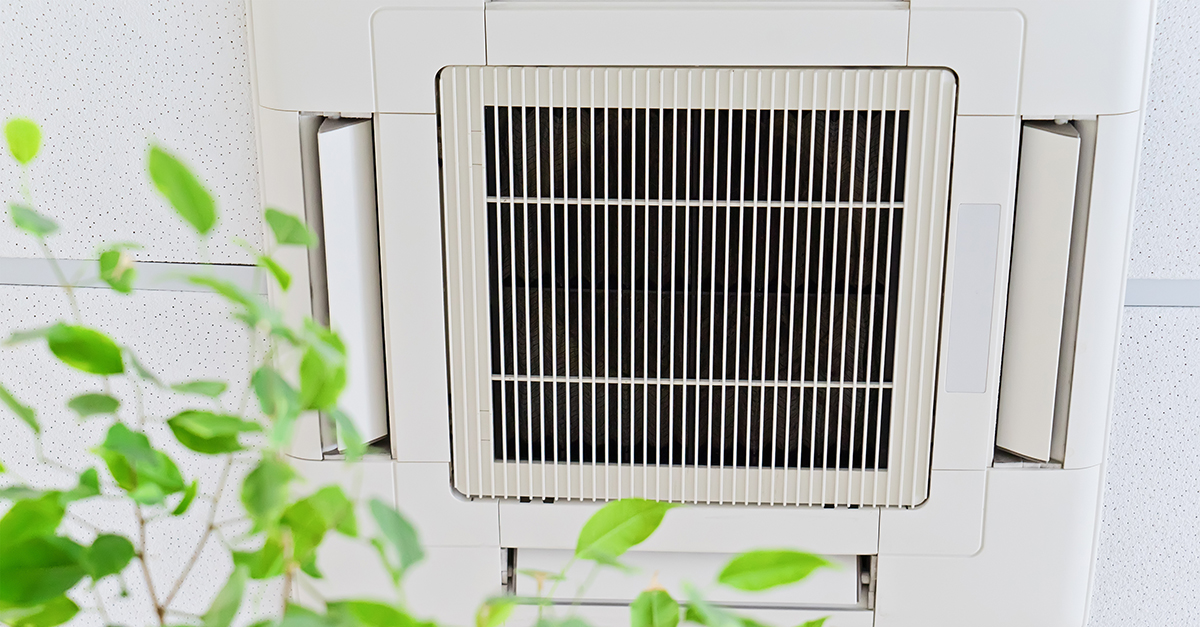The American Society of Heating, Refrigerating, and Air-Conditioning Engineers (ASHRAE), is a worldwide professional organization dedicated to advancing the fields of heating, ventilation, air conditioning, refrigeration, and related disciplines. ASHRAE, commissioned by the White House and building upon the work of the ASHRAE Epidemic Task Force, has recently unveiled a ground-breaking standard, ASHRAE 241, targeting the control of infectious aerosols (microscopic particles exhaled by individuals) in new buildings and existing buildings.
Representing a substantial leap forward, this new standard addresses the transmission of airborne diseases, providing guidance on how to operate buildings in a way that helps prevent the spread of airborne infectious aerosols in various indoor spaces. While the standard does not have regulatory powers on its own, ASHRAE standards are often referenced in local building codes. Professionals involved in building and maintaining built environments typically follow voluntary standards to achieve best-in-class indoor air quality (IAQ), and incorporate resilience into building management systems, so they can activate enhanced performance when required.
The importance of IAQ
The significance of IAQ has continued to gain recognition, due to its established impact on the health and well-being of occupants in various built environments. Airborne and surface viruses and bacteria—along with pollutants, allergens, and molds—can pose both short-term and long-term health risks to facility occupants. Infectious aerosols can carry disease-causing pathogens. These particles are so small they can linger in the air for extended periods and pose a risk when inhaled. Facility management professionals and the cleaning industry in general constantly strive to incorporate new methods, products, and technologies to create healthier indoor environments. An understanding of the fundamentals of ASHRAE 241 and its implementation will contribute toward these efforts.
Key features of ASHRAE 241
ASHRAE 241 establishes minimum requirements to reduce the risk of disease transmission through exposure to infectious aerosols. The standard introduces targets for equivalent clean airflow rates, which go beyond existing IAQ ventilation rates set by its predecessor, ASHRAE 62.1, which previously served as the standard for ventilation and acceptable IAQ. The new standard considers how ventilation (i.e., outdoor air) or air purification within the indoor environment through the application of filtration and air cleaning technologies can provide pathogen-free airflow to occupied regions of buildings. This approach is designed to regulate the presence of infectious aerosols across various occupancy categories, such as schools, offices, and healthcare facility waiting rooms. This innovative standard not only establishes these airflow rates, but also provides a methodology for their calculation, facilitating an evidence-based strategy for managing infectious aerosols within indoor environments.
Applying infection risk management mode
ASHRAE 241 considers the varying occupant density, activity levels, and aerosol generation inherent in different environments, offering a nuanced and tailored approach to ventilation requirements. The standard introduces the concept of infection risk management mode (IRMM), requiring higher levels of equivalent clean airflow during periods of heightened disease transmission risk.
The standard provides target values for different indoor spaces. For example, it calls for a higher ventilation rate in high-risk spaces such as gyms and healthcare facility waiting rooms compared to lower-risk environments like warehouses and residential homes. It’s important to remember that local authorities with jurisdiction, such as health departments, determine when to implement this infectious aerosol standard.
Building managers can apply ASHRAE 241 at their discretion during periods of high viral loads, such as influenza season. By adhering to the standard’s guidelines, building owners contribute to the creation of healthier environments, significantly reducing the concentration of infectious aerosols.
Embracing air-cleaning technologies
Perhaps the most important aspect of the standard is that it recognizes the positive impact air cleaning technologies can have on our indoor spaces. It encourages the utilization of independently tested and certified air-cleaning solutions, adding a layer of assurance regarding their efficacy and safety.
The appendices within the standard include test methodologies and requirements that consider both the performance and safety of these technologies. For example, ultraviolet light (UV-C) and germicidal-based air purifiers must demonstrate function and safety, including the evaluation of potentially harmful by-products like ozone (O3). Certified air-cleaning solutions bring an additional layer of assurance, providing confidence in their efficacy in effectively cleaning the air. “The requirements for filter and air-cleaner testing incorporated in this standard go well beyond what is found in current standards,” the standard authors wrote in the foreword. “They are a major step in the direction of creating uniform and effective technology-agnostic criteria for characterizing filter and air-cleaner performance and safety.”
It is important to note that while reducing the presence of airborne infectious pathogens certainly helps improve IAQ, additional steps, such as the use of a HEPA or media-based filter and effective cleaning using certified products, are still required to actively remove both the inactivated pathogens and other pollutants, such as particulate matter and allergens (pet dander, dust mite allergen), from surfaces and the breathing zone.
Assistance with creating a building-readiness plan
ASHRAE 241 provides guidance on planning, commissioning, and maintenance, ensuring that buildings are prepared for periods of elevated risk. The standard also refers to a building readiness plan (BRP) that facility managers should create after the assessment, planning, and implementation phases. The BRP describes both the engineering and nonengineering controls the facility’s systems use to achieve the building’s targeted equivalent clean airflow for infection control. Of particular interest to the cleaning industry is ASHRAE 241’s table that lays out “minimum maintenance activity and frequency for ventilation system equipment and associated components,” with recommended frequency for cleaning, monitoring, or replacing parts related to air cleaning.
The publication of ASHRAE 241 provides a complete framework for the planning, design, operation, and maintenance of systems that reduce the risk of airborne infection transmission. In the ever-evolving landscape of building standards and IAQ considerations, ASHRAE 241 provides a major step forward, particularly through the introduction of the IRMM, which enables rapid responses to extreme circumstances, and through the establishment of the equivalent clean air flow rate approach, which incorporates the contribution of clean air provided through effective and safe air purification technologies. For cleaning professionals and facilities management experts, embracing this standard, coupled with using certified cleaning solutions, is a significant commitment toward protecting public health and fostering healthier indoor environments.




